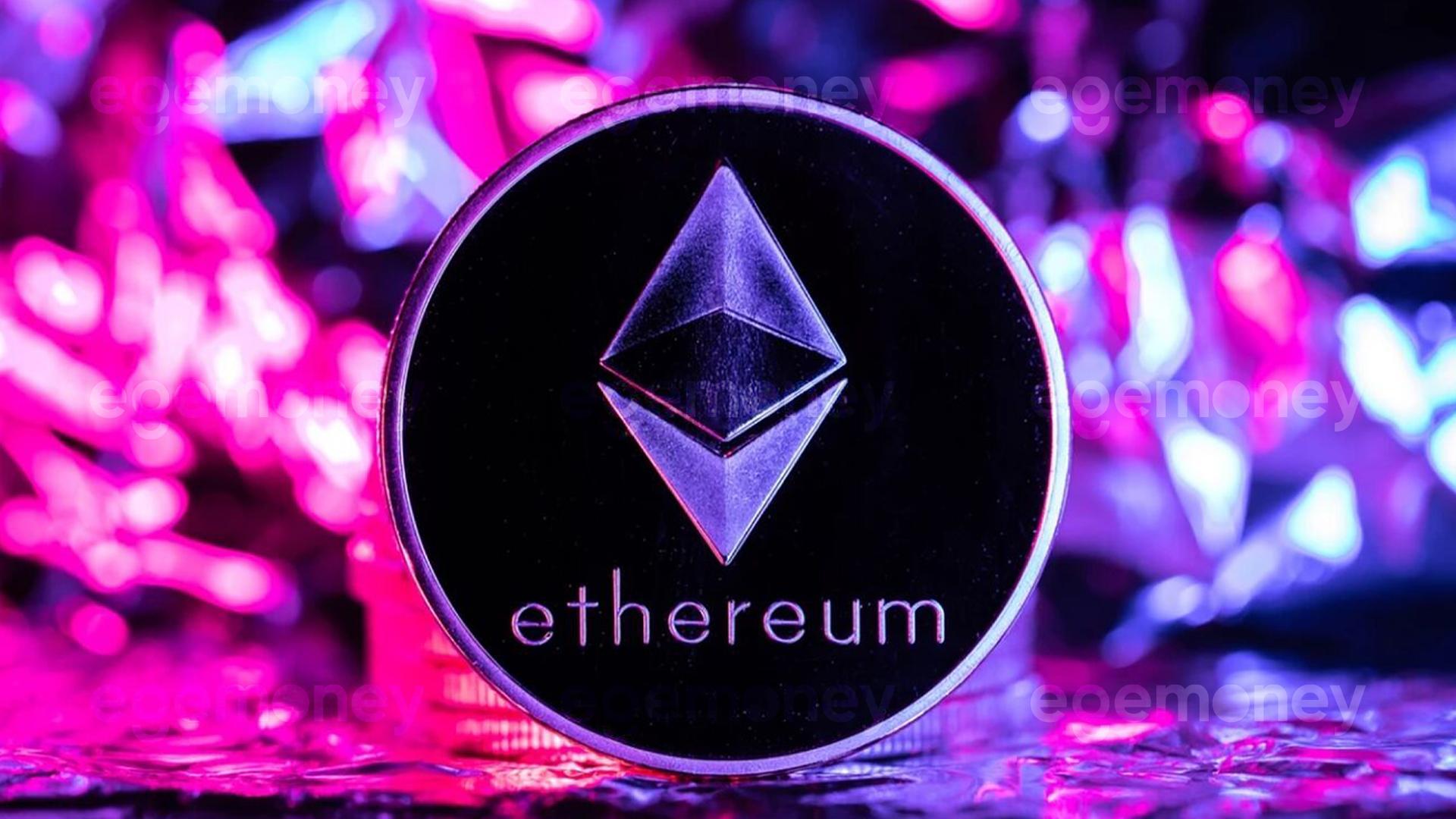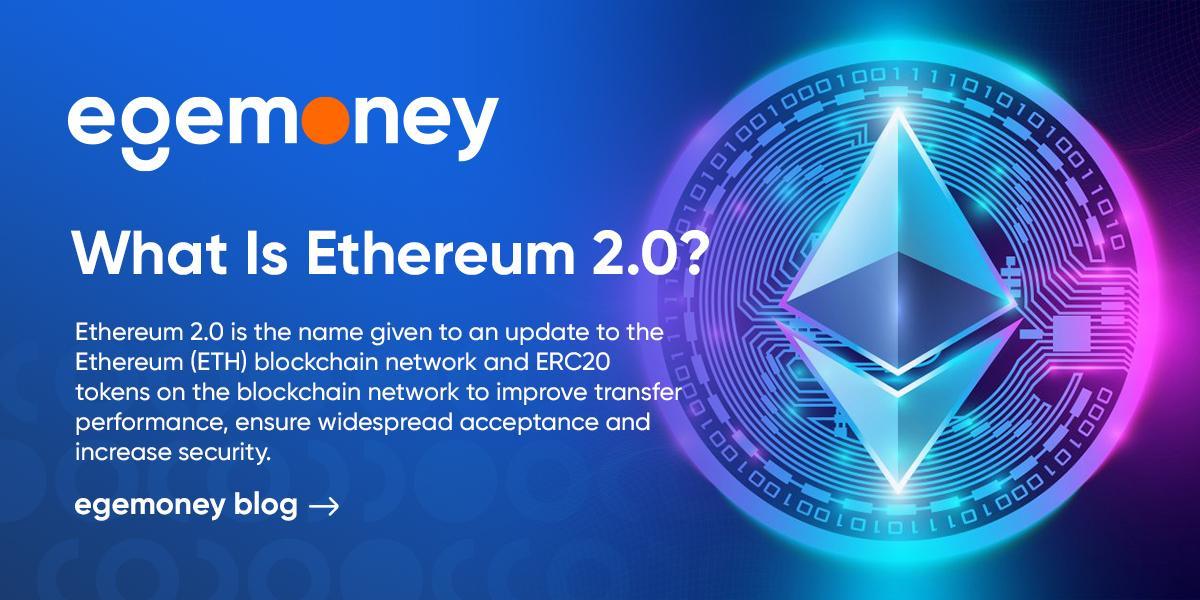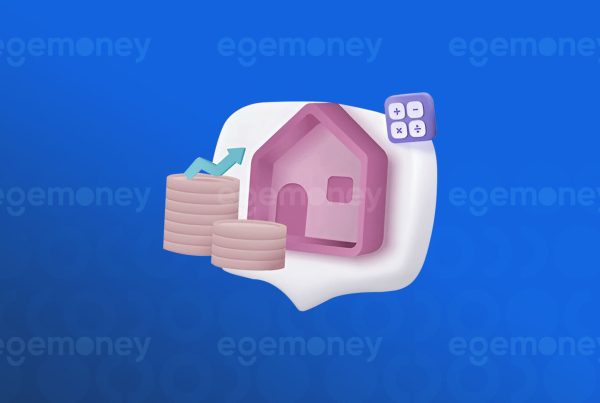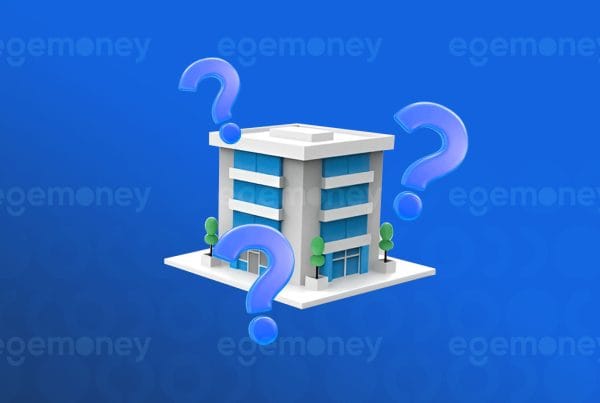Ethereum 2.0 is the name given to an update to the Ethereum (ETH) blockchain network and ERC20 tokens on the blockchain network to improve transfer performance, ensure widespread acceptance and increase security.
One of the most important problems in the first version of the Ethereum network, the 1.0 system, was the scaling problem. Ethereum 1.0 allows 15 transactions per second. While this causes transfers to take too long and transaction fees to rise, the recent increase in shipping fees has also been met with a reaction from many users. In August 2020, shipping rates increased to around $12.
When did Ethereum’s new update take place Ethereum 2.0 ?
Ethereum 2.0 Update took place on September 15, 2022.
With the transition to Ethereum 2.0, the number of transactions per second has reached 100,000. This increase had a positive impact on transfer rates and transfer fees.
Eth update together with Ethereum version 1.0 Ethereum 2.0 version The most significant change between Ethereum 1.0 Proof of Work consensus algorithm and Proof of Stake algorithm.
One of the most heard concepts when it comes to Ethereum 2.0 Merge It’s coming. Merge actually means merger. Ethereum Merge, also known as the second phase of the ETH 2.0 update, is the merger of the existing Proof of Work (PoW) mechanism with the Proof of Stake (PoS) mechanism.
N with Ethereum 2.0 What’s New?
Ethereum 2.0, also known as Serenity, is an update to Ethereum 1.0. The update also significantly reduced network congestion.
Ethereum 2.0two innovations that come with Ethereum 2.0:
- Sharding
We can define sharding as partitioning a database. Shard chains, which will play an important role in the scaling of the Ethereum network, distribute all transactions across 64 new chains instead of placing them on just one blockchain.
- Proof-of-Stake
Ethereum’s current consensus mechanism is the Proof-of-work model. With the Ethereum 2.0 update, the Proof-of-work model was abandoned in favor of transitioning to the Proof-of-Stake model.
What is the Difference Between Proof of Work and Proof of Stake Ethereum 2.0?
In the Proof of Work system, miners use computers or the devices they use to solve complex transactions in transfer transactions. It causes high processing power, labor and high energy consumption. The miner who successfully completes this complex process receives a reward.
In the Proof of Stake system, miners trade the amount of Ethereum they own and earn rewards accordingly. In this system, miners are given as much work as they have, saving energy, labor and time.
Another advantage of the Proof of Stake system is security.
This opens up the possibility for more people to participate in running an Ethereum node, which leads to greater decentralization and more resistance to 51% attacks.
You don’t need super fancy hardware as winning prizes is not based on having the most computing power.
Due to lower hardware requirements, Proof-of-Stake uses much less energy than Proof-of-Work.
What is Mainnet Update?
Mainnet is a blockchain that performs the function of transferring digital currency from sender to receiver. Mainnet is simply the main network. Mainnetsproject teams Update or undergoes changes from time to time when it decides that revisions are needed.
This one updaterefers to the merging of Ethereum’s existing execution layer (Mainnet) with the new proof-of-stake layer, Beacon Chain. The “proof of stake” system reduces energy consumption to a low level, eliminating the need for powerful hardware to maintain the blockchain.
Merge with Mainnet
With Ethereum 2.0, the Ethereum Mainnet “merged” with the Chain of Signs and return to his own piece using proof of stake instead of proof of work it was.
Mainnet has brought smart contracts into the proof-of-stake system, as well as the full history and current state of Ethereum, to ensure a smooth transition for all ETH holders and users.
After consolidation;
This signaled the end of proof-of-work for Ethereum, ushering in a more sustainable and environmentally friendly era of Ethereum. Ethereum at this point,
Ethereum in vision
to reaching the full dimension, security and sustainability outlined.
It is worth noting that one of the implementation objectives of consolidation is to provide simplicity in order to speed up the transition from proof of work to proof of shares. Developers are focusing their efforts on this transition and minimizing additional features that could delay this goal.
When the merging took place, stakers were assigned to validate the Ethereum Mainnet.
Mining
will no longer be needed, miners are mostly investing their earnings in staking in the new proof-of-stake system.
Starting on December 1, 2020, this transition period consists of certain stages.
In the first phase, miners working in the PoW system and validators working in the PoS system would continue to work in parallel.
In the second phase, PoS validators would start taking over. In the third stage, the process will be completed by registering accounts and smart contracts on PoS. This process is expected to be completed in 2022.
What Happened with the Transition to PoS? What’s the Benefit for Ethereum?
- While an average of 13,500 ETH was produced daily with the PoW system, this rate dropped to 1700 ETH per day with the transition to PoS. This reduces the amount of inflation in ETH. Therefore, the price is expected to react positively as the decrease in the amount of newly produced ETH will reduce the increase in supply.
- Scalability is increasing. Although ETH 2.0 does not directly reduce transaction fees within the network, transaction fees are indirectly reduced as scalability increases, meaning the network becomes faster. Thus, the transaction fees of over 100 dollars to transfer coins on the ETH network, especially in the past, have ended with this update.
- Since the PoS system is much more environmentally friendly than the PoW system, many institutional investors who care about this issue are expected to invest in Ethereum. The fact that Tesla accepted Bitcoin for payments in the past, but then abandoned it due to the environmental risks of mining, drives institutional investors away from PoW systems.
- Ethereum can no longer be mined with computers with expensive graphics cards or machines built for mining. From now on, those who want to become validators (formerly known as miners) on the ETH network will have to lock their ETH into the system. The more Ethereum an investor locks into the system (just like building expensive machines for mining in the old system), the more money they can make.
- From now on, those who want to become validators on the ETH network will have to lock their ETH, which will actually reduce the supply of Ethereum in circulation. People who lock (stake) their Ethereum in the system will not be able to withdraw these coins until a certain period, so they will not be able to take a selling position in moments of decline. The positive impact of this on the ETH price is visible.
Ethereum Purchasing
To Buy Ethereum, you can visit the EgeMoney website to become a member and make your Ethereum trading transaction.








